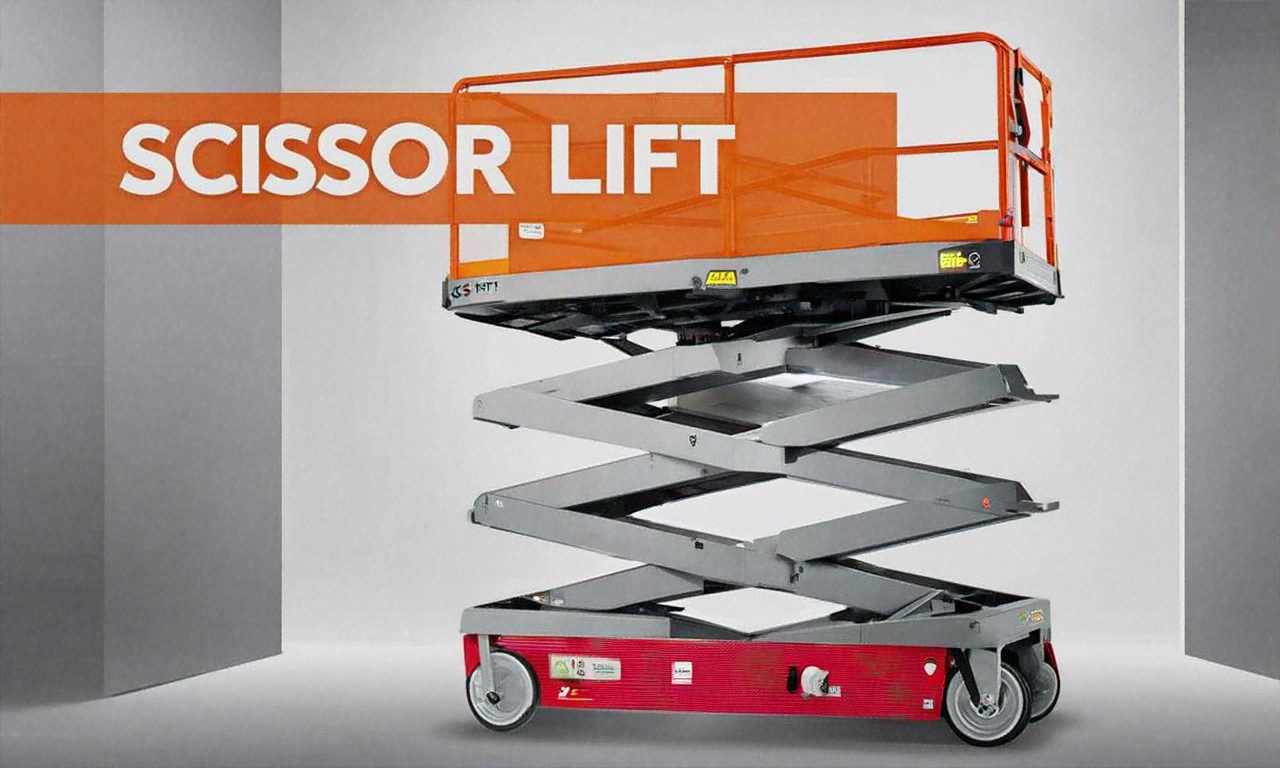Hydraulic Scissor-Lifts: How They Improve Safety and Efficiency in Lifting Operations
Hydraulic scissor-lifts have become essential tools across warehouses, factories, and construction sites. Known for their ability to provide stable elevation and precise control, they make lifting heavy loads safer and more efficient. Unlike traditional lifting methods, hydraulic systems use pressurized fluid mechanics to create smooth, controlled movement. This article explains how hydraulic scissor-lifts work, where they’re used, and the advantages they bring to industrial and maintenance settings. Readers will gain a clear understanding of the design, operation, and maintenance principles that make these machines a dependable choice for height-related tasks.

In modern industrial and commercial environments, working at height presents unique challenges that demand reliable equipment. Hydraulic scissor-lifts address these challenges by combining mechanical simplicity with hydraulic power, creating a lifting solution that prioritizes both worker safety and operational effectiveness. Understanding how these machines function and their practical applications helps businesses make informed decisions about equipment selection and workplace safety protocols.
How Hydraulic Scissor-Lifts Work
Hydraulic scissor-lifts operate on a straightforward yet effective principle. The system consists of crossed metal supports arranged in an X-pattern, resembling scissors, which gives the equipment its name. A hydraulic cylinder filled with pressurized fluid drives the lifting mechanism. When an operator activates the controls, a hydraulic pump forces fluid into the cylinder, creating pressure that extends the scissor arms. This extension raises the platform vertically in a smooth, controlled motion.
The descent process reverses this action. By releasing hydraulic pressure through a valve system, the fluid returns to the reservoir, allowing the scissor mechanism to compress gradually under the platform’s weight. This controlled lowering ensures stability and prevents sudden drops. Most modern hydraulic scissor-lifts include safety features such as emergency stop buttons, overload sensors, and descent velocity regulators that prevent the platform from lowering too quickly, even in the event of hydraulic system failure.
Applications of Hydraulic Scissor-Lifts
Hydraulic scissor-lifts serve diverse industries with varying height and load requirements. In construction environments, workers use these lifts for tasks including electrical installations, ceiling work, painting, and HVAC system maintenance. The stable platform allows multiple workers and materials to be elevated simultaneously, reducing the number of trips required and improving project timelines.
Warehouse operations benefit significantly from hydraulic scissor-lifts during inventory management, stock placement, and facility maintenance. Retail environments employ these machines for display installation, lighting adjustments, and store renovations. Manufacturing facilities utilize scissor-lifts for equipment maintenance, assembly line modifications, and quality control inspections at elevated positions. The entertainment industry relies on them for stage setup, lighting installation, and audio equipment positioning. Additionally, facility maintenance teams across office buildings, hospitals, and educational institutions depend on hydraulic scissor-lifts for routine maintenance tasks including window cleaning, light fixture replacement, and building repairs.
Benefits of Using Hydraulic Lifts
Hydraulic scissor-lifts offer numerous advantages over alternative elevation methods. The primary benefit is enhanced safety. Unlike ladders that require workers to balance while carrying tools and materials, scissor-lifts provide a stable platform with guardrails that reduce fall risks significantly. Workers can move freely on the platform, use both hands for tasks, and access a larger work area without repositioning the equipment constantly.
Efficiency improvements are substantial. Multiple workers can operate from a single platform, and materials can be stored on the deck, eliminating repeated trips to ground level. The smooth hydraulic operation allows precise positioning at any height within the machine’s range, rather than fixed intervals like scaffolding. Hydraulic systems require less maintenance than mechanical chain-driven alternatives because they have fewer moving parts subject to wear. The quiet operation of hydraulic lifts makes them suitable for noise-sensitive environments such as hospitals, schools, and occupied office spaces. Furthermore, the compact footprint of scissor-lifts allows operation in confined spaces where scaffolding would be impractical.
Maintenance and Safety Considerations
Proper maintenance ensures hydraulic scissor-lifts remain safe and functional throughout their service life. Regular inspections should examine hydraulic fluid levels, hose condition, and connection integrity. Operators must check for fluid leaks, which indicate seal failure or hose damage requiring immediate attention. The hydraulic fluid itself needs periodic replacement according to manufacturer specifications, as contaminated or degraded fluid reduces system efficiency and can cause component failure.
Mechanical components require attention as well. Scissor arm pivot points need lubrication to prevent excessive wear and ensure smooth operation. Platform guardrails, gates, and safety mechanisms must be inspected for damage or malfunction before each use. Tire pressure and condition affect stability, particularly on uneven surfaces. Battery-powered models require battery maintenance and charging system checks.
Safety protocols are non-negotiable when operating hydraulic scissor-lifts. Operators should receive proper training and certification as required by local regulations. Before elevation, the work area must be inspected for overhead obstructions, power lines, and ground hazards. The lift should only be operated on stable, level surfaces within the manufacturer’s specified grade limits. Overloading the platform exceeds the hydraulic system’s capacity and creates serious safety risks. Workers on the platform must wear appropriate fall protection equipment when required by safety standards. Wind conditions should be monitored, as excessive wind can destabilize elevated platforms. Finally, the lift should never be moved while the platform is elevated, as this significantly increases tip-over risk.
Conclusion
Hydraulic scissor-lifts represent a practical solution for elevated work across numerous industries. Their combination of hydraulic power, mechanical stability, and safety features makes them valuable assets for businesses prioritizing both worker protection and operational efficiency. By understanding their operation, applications, benefits, and maintenance requirements, organizations can maximize the value these machines provide while maintaining safe work environments. Proper training, regular maintenance, and adherence to safety protocols ensure hydraulic scissor-lifts continue to serve as reliable tools for accessing heights safely and efficiently.




